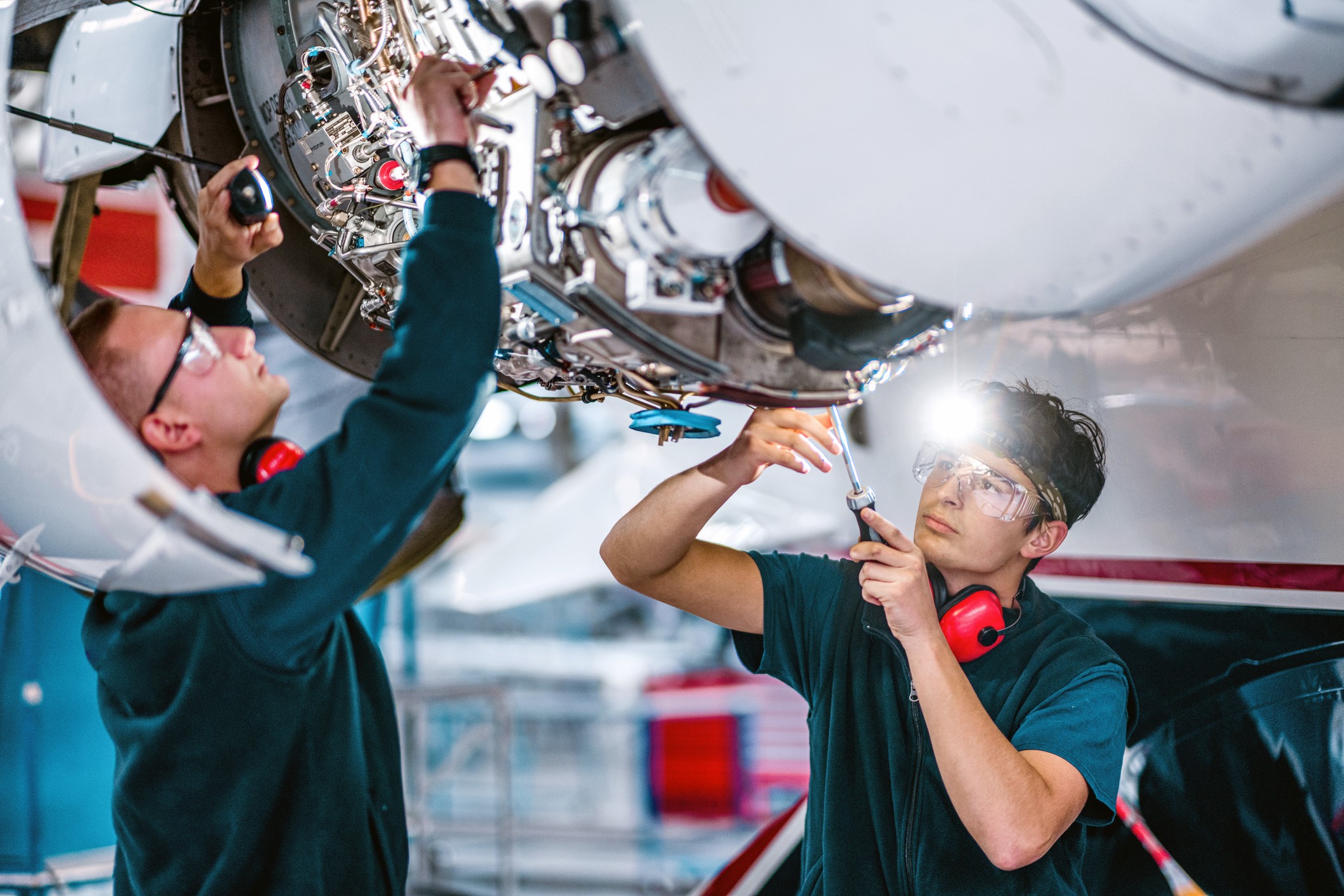Your Complete Guide to Aircraft Mechanic Training: Paths, Programs, and Pay
Embarking on a career as an aircraft mechanic offers a dynamic and rewarding path in the aviation industry. Whether you’re drawn to the technical challenges or the opportunity to ensure the safety of air travel, understanding the training options, certification processes, and potential earnings is crucial. This guide provides an overview of the steps to become an aircraft mechanic, highlighting key programs and insights into the profession.
Understanding Aircraft Mechanic Training
Becoming an aircraft mechanic typically involves completing an FAA-approved program that covers both airframe and powerplant systems. These programs combine classroom instruction with hands-on experience, preparing students for the FAA’s written, oral, and practical exams. Institutions like Embry-Riddle Aeronautical University offer specialized certificates that support the technical requirements outlined in Part 65.77 of the Federal Aviation Regulations, aiding students in preparing for certification .
For those seeking flexibility, online training options are available. The US Aviation Academy, for instance, provides a self-paced online program that allows students to start as early as the 103rd class, with accelerated timelines reducing the typical training period by 25% .
Top Aircraft Mechanic Training Programs
Several institutions are renowned for their aircraft mechanic training programs:
- Embry-Riddle Aeronautical University: Offers a Certificate in Aviation Maintenance Technology Part 65, supporting students pursuing FAA certification .
- US Aviation Academy: Provides both accelerated and part-time online training options, catering to working adults and international students .
- Global School of Aeronautics: Offers FAA-certified Airframe and Powerplant training programs, with a curriculum designed to convert aircraft maintenance experience into FAA certification .
- Spartan College of Aeronautics and Technology: Known for its FAA Part 147 approved Aviation Maintenance Technology Program, training skilled aviation technicians for over 90 years .

Career Path and Certification
After completing a training program, aspiring aircraft mechanics must pass the FAA’s written, oral, and practical exams to earn their Airframe and Powerplant (A&P) certification. This certification qualifies them to work on aircraft systems, ensuring compliance with safety standards.
Career progression can lead to roles such as lead mechanic, maintenance supervisor, or inspector. Some professionals choose to specialize further by obtaining an Inspection Authorization (IA), allowing them to perform more comprehensive inspections and maintenance tasks.
Aircraft Mechanic Salary Outlook
The salary of an aircraft mechanic varies based on experience, location, and the type of employer. According to the U.S. Bureau of Labor Statistics, the median annual wage for aircraft and avionics equipment mechanics and technicians was $79,140 in May 2024 . Entry-level positions may start around $25 to $35 per hour, while experienced technicians, especially those working with major airlines, can earn over $100,000 annually .
Conclusion
Pursuing a career as an aircraft mechanic offers a blend of technical skill development and opportunities for advancement in the aviation industry. By selecting a reputable training program and obtaining the necessary certifications, individuals can embark on a fulfilling career path with competitive earning potential. If you’re ready to take the next step, explore accredited programs and begin your journey toward becoming an aircraft mechanic today.